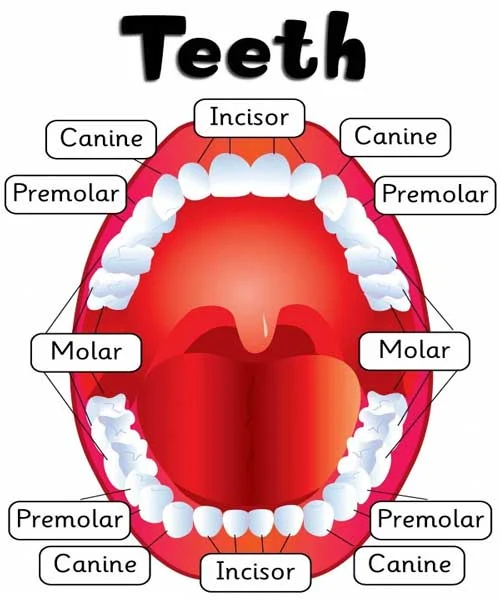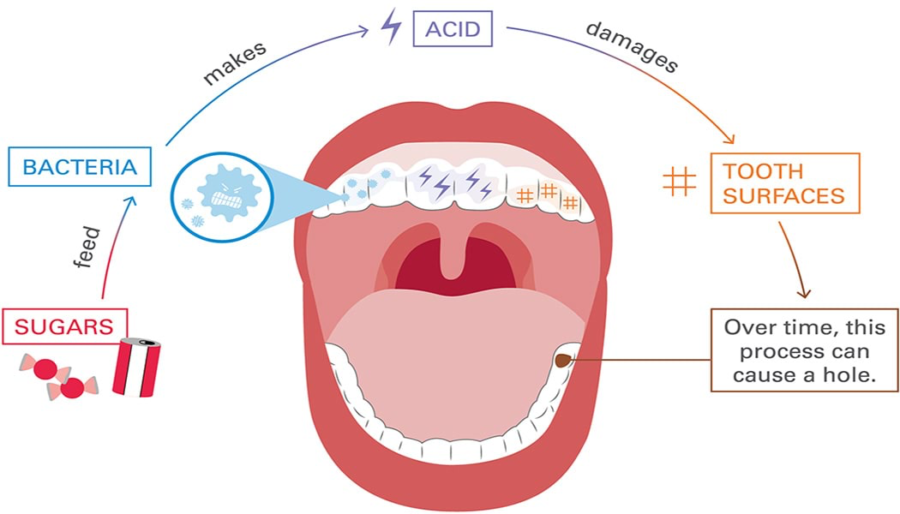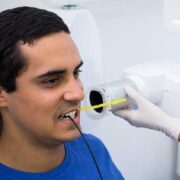Dr. Chirag Chamria as he delves into the age-old debate of buccal cavity versus mouth. In this intriguing article, Dr. Chamria sheds light on the intricacies of the buccal cavity and its relationship to the overall oral anatomy. As a renowned dentist and expert in his field, Dr. Chamria brings his wealth of knowledge and experience to provide valuable insights on this topic. With a focus on accuracy and clarity, Dr. Chamria discusses the functions and characteristics of the buccal cavity, distinguishing it from the broader concept of the mouth. Through his expertise, he unravels myths, addresses common misconceptions, and offers expert advice for optimal oral health. Whether you’re a curious individual seeking to deepen your understanding of oral anatomy or a dental professional looking to enhance your practice. Explore the oral cavity and gain valuable insights from Dr. Chirag Chamria in this enlightening article.
Understanding Oral Anatomy
It is a complex and fascinating subject that encompasses the study of the structures and functions of the mouth and its surrounding areas. It plays a crucial role in the field of dentistry, as a thorough understanding of oral anatomy is essential for diagnosing and treating various dental conditions.
Buccal Cavity: Definition, Location, and Functions
The buccal cavity, also known as the oral cavity, is the part of the oral anatomy that includes the lips, cheeks, teeth, gums, and tongue. It is the primary site where food enters the body and undergoes the initial stages of digestion. Located between the lips and the throat, the oral cavity serves several important functions. It is responsible for mastication, or chewing, which breaks down food into smaller particles that are easier to swallow and digest. The buccal cavity also plays a crucial role in speech production, allowing us to form different sounds and articulate words.

Mouth: Definition, Location, and Functions
The term “mouth” is often used interchangeably with the buccal cavity, but it actually refers to a broader concept that includes not only the buccal cavity but also the entire oral cavity, including the pharynx and the upper part of the throat. The mouth is the gateway to the digestive and respiratory systems and serves various functions beyond mastication and speech production.
In addition to its role in digestion and speech, the mouth is involved in the sense of taste, allowing us to experience different flavors and textures of food. It also plays a vital role in maintaining oral health by producing saliva, which helps to cleanse the mouth and protect against tooth decay and gum disease.
Key Differences: Buccal Cavity and the Mouth
While the terms “oral cavity” and “mouth” are often used interchangeably, it is important to note that there are key differences between the two. The buccal cavity refers specifically to the area between the lips and the throat, while the mouth encompasses a larger area, including the pharynx and the upper part of the throat.
Another significant difference lies in the functions of the buccal cavity and the mouth. While the buccal cavity is primarily involved in the initial stages of digestion and speech production, the mouth has additional functions such as taste perception and saliva production. Understanding these distinctions is crucial for accurate communication in the dental field.

Common Misconceptions: Buccal Cavity in Mouth
There are several common misconceptions surrounding the buccal cavity and the mouth. One common misconception is that the buccal cavity and the mouth are one and the same. As discussed earlier, while the buccal cavity is part of the mouth, it is not synonymous with the entire mouth.
Another misconception is that the buccal cavity is solely responsible for digestion. While the buccal cavity does play a significant role in the initial stages of digestion through mastication, the process continues in the stomach and the intestines. The mouth, on the other hand, is involved in various other functions, as mentioned earlier.
Importance of Oral Anatomy for Dental Professionals
For dental professionals, a thorough understanding of oral anatomy is essential for providing quality care to patients. It allows dentists to accurately diagnose and treat dental conditions, as well as communicate effectively with patients and other healthcare professionals.

By understanding the intricacies of the buccal cavity and its relationship to the broader concept of the mouth, dental professionals can make more informed decisions regarding treatment plans and procedures. This knowledge also enables them to educate patients about their oral health and provide personalized advice for optimal oral hygiene practices.
Dr. Chirag Chamria’s Perspective
As a renowned dentist and expert in the field of oral anatomy, Dr. Chirag Chamria has a unique perspective on the buccal cavity versus mouth debate. According to Dr. Chamria, understanding the nuances of oral anatomy is crucial for accurate diagnosis and treatment planning. Dr. Chamria emphasizes the importance of clear communication between dental professionals and patients. By providing accurate information about the buccal cavity and the mouth, dentists can alleviate any misconceptions and ensure that patients have a comprehensive understanding of their oral health.
Practical Implications for Dental Treatment
The debate between the buccal cavity and the mouth has practical implications for dental treatments and procedures. By understanding the distinct functions and characteristics of the oral cavity and the mouth, dental professionals can tailor their treatments and procedures to individual patients’ needs.
For example, knowledge of the buccal cavity’s role in speech production can inform treatment plans for patients with speech disorders or dental prosthetics that may affect speech. Similarly, understanding the mouth’s involvement in taste perception can guide the selection of materials for dental restorations to ensure the preservation of taste sensations.
Conclusion
In conclusion, the buccal cavity versus mouth debate highlights the importance of continuous learning in oral anatomy for dental professionals. A thorough understanding of the oral cavity and its relationship to the broader concept of the mouth is essential for accurate diagnosis, effective treatment planning, and patient education.
By staying up-to-date with the latest research and advancements in oral anatomy, dental professionals can provide the highest quality care to their patients. Dr. Chirag Chamria’s expertise and dedication to patient education serve as an inspiration for dental professionals to continuously expand their knowledge and enhance their practice.
Follow Us For More Updates




